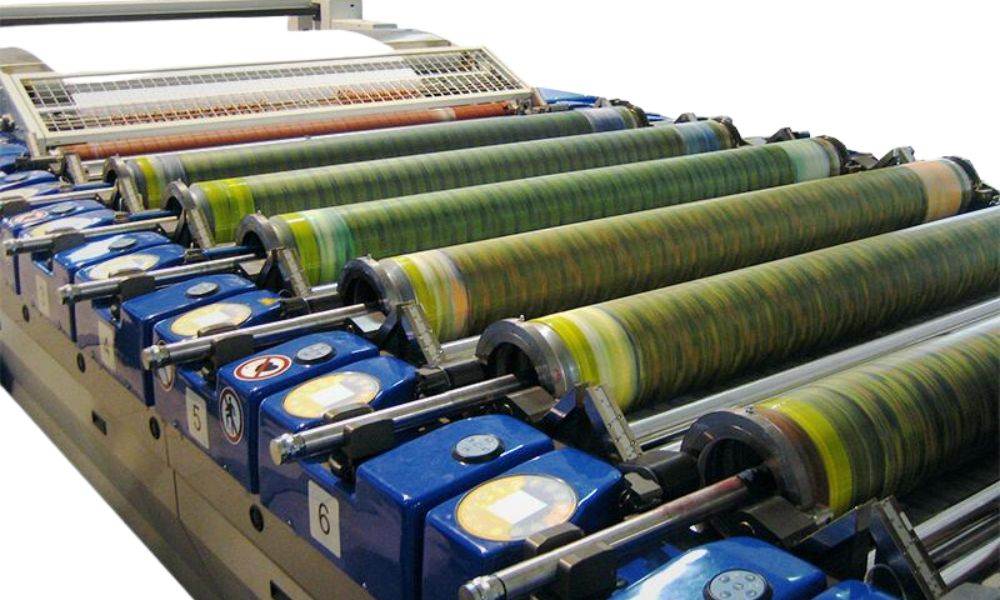In these times of industry, where materials are moved from one process to the next, daily durability and performance are never-ending concerns. And that’s where rotary equipment comes into play. These machines clear production lines in foundries, recycling plants, and other processes where they’re used. Once you have the system in place, operations are faster, cleaner, safer.
What Is Rotary Equipment?
Fundamentally, rotating equipment are machines which are fitted with a rotating drum, a barrel or any other type of body that turns itself. These drums handle tasks like:
- Cleaning castings
- Cooling hot materials
- Drying wet content
- Screening and separating particles
These systems are perfect for abrasive or heavy-duty materials which will grind down standard equipment through regular rotation.
Key Applications and Industries
Industries that relay on the use of a rotary machine are but not limited to:
- Foundry – dust control, cooling, sand handling and reclaiming purposes
- Recycling – screening of scrap, plastics, waste, municipal waste
- Mines and farms – for drying, screening or moving bulk solids
They have also helped to improve product quality and reduce labor, with attendant reductions in injury risks.
Rotary Equipment You Will Find on the Floor
Here is a look at some of the more prevalent systems in heavy industry:
- Rotary Drums for Foundries
These machines wash, cool and reclaim sand used in casting. They’re designed to accommodate extremes in temperature and damage from what is thrown in with the waste.
- Trommel Screens
Trommels, which are good for recycling, are drums turned on their sides to screen materials by size. They are typically used for municipal solid waste and metal recovery.
- Rotary Dryers
These dehumidify bulk materials such as minerals, chemicals, and sand. It helps these stages to be heat-performed more efficiently.
- Dross and Sand Reclaimers
These are employed in foundries to break up material lumps and reclaim precious constituents, such as metals or clean sand — reducing both waste and costs.
Why it Matters: The Benefit of the Sidestep That Goes Beyond Output
Picking quality rotary hardware is about more than getting the job done. Here’s what top-tier systems deliver:
- Enhanced Safety – Minimize handwork, dust, and heat exposure
- Reduced Maintenance – Access to critical components for quicker down time is achieved
- Durable Construction – Before flaring, a diamond chamfer tool is used to bevel the inside and outside of the adapter for a perfect installation from the start
- Energy Saving – Minimizes power consumption without the loss of production
These aren’t just cost-saving features — they help companies meet sustainability goals too.
General Kinematics: Maximizing System Performance through Monitoring
When it comes to the longevity of machines, GK is one of the leaders of the industry. Their machines are specific to industry requirements — whether that means cooling castings in seconds or sorting recyclables with speed and accuracy.
The approach is to focus on rugged construction, intelligent controls and the agility needed to remain competitive in fast-moving operations.
Final Thoughts
When it comes to industrial processing, efficiency is big business. In no small part this is because trustworthy rotary equipment makes it so—tackling arduous tasks day in and day out with the least amount of trouble. With leaders such as General Kinematics taking the charge, businesses can rely on more intelligent solutions that not only enhance safety and reduce waste, but also enhance productivity over the long haul.


